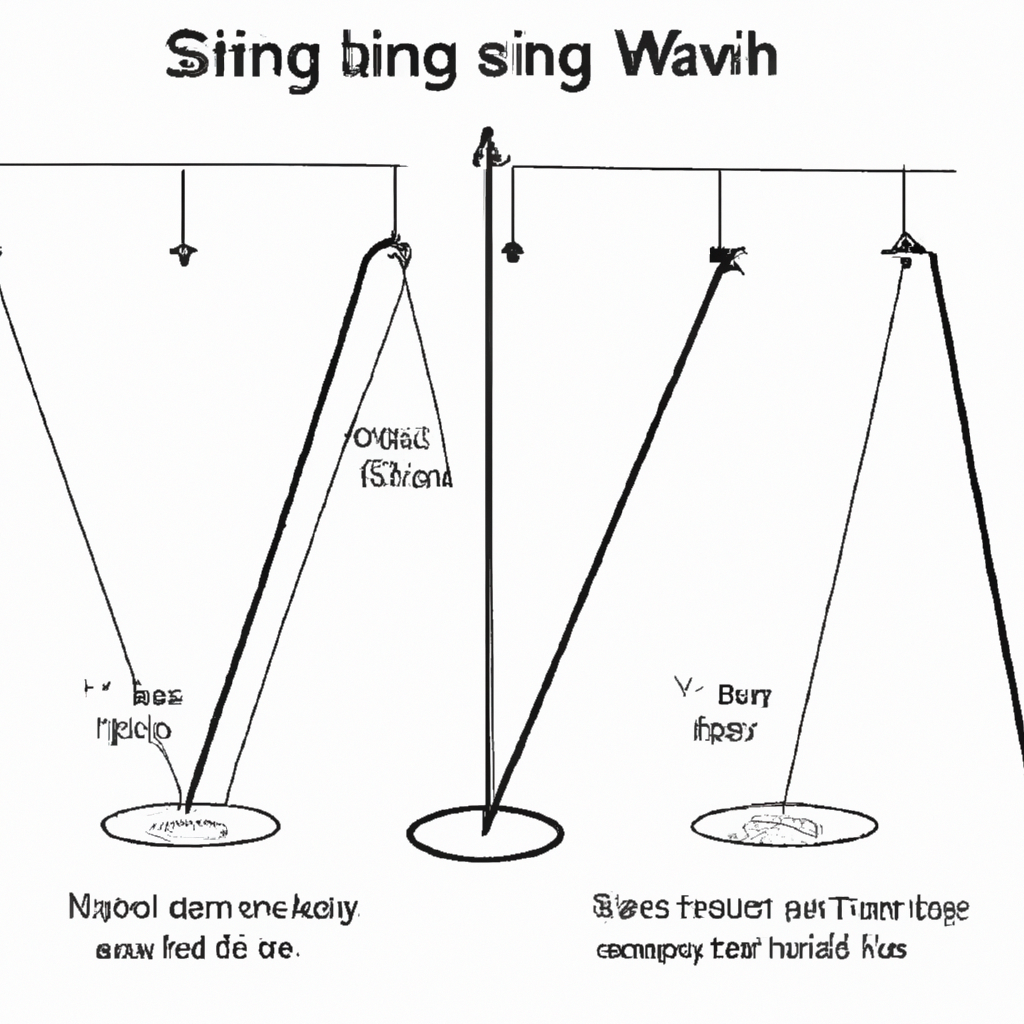
Mastering Swing High and Swing Low Analysis in Technical Trading
Understanding Swing High and Swing Low Analysis
What is Swing High and Swing Low?
Swing high and swing low are terms used in technical analysis to identify key levels in a market trend. A swing high is a peak in price movement that is higher than the prices before and after it. Conversely, a swing low is a trough in price movement that is lower than the prices before and after it.
Importance of Swing High and Swing Low Analysis
Identifying swing highs and swing lows can help traders and investors determine potential reversal points in a market trend. By analyzing these key levels, traders can make informed decisions on when to enter or exit a trade.
Steps for Swing High and Swing Low Analysis
- Identify Swing Highs: Look for peaks in price movement that are higher than the surrounding prices. These are potential resistance levels.
- Identify Swing Lows: Look for troughs in price movement that are lower than the surrounding prices. These are potential support levels.
- Draw Trendlines: Connect the swing highs and swing lows to create trendlines. These lines can help visualize the market trend.
- Monitor Breakouts: Watch for price movements that break above swing highs or below swing lows. These breakouts can indicate a potential change in trend.
- Use Indicators: Combine swing high and swing low analysis with technical indicators such as moving averages or oscillators for confirmation signals.
Conclusion
Swing high and swing low analysis is a valuable tool for traders and investors to identify key levels in a market trend. By understanding these concepts and following the steps outlined above, traders can make more informed decisions and improve their trading strategies.

